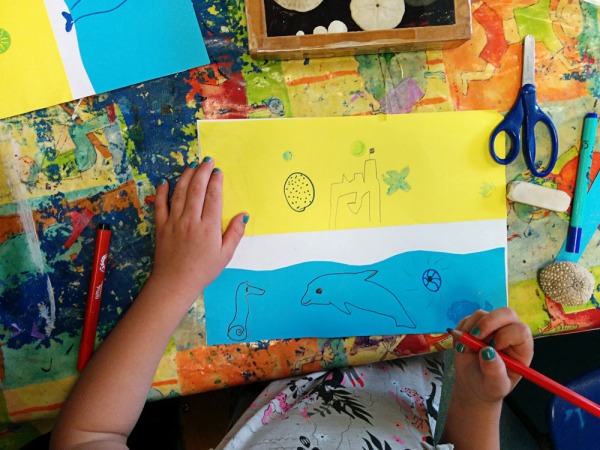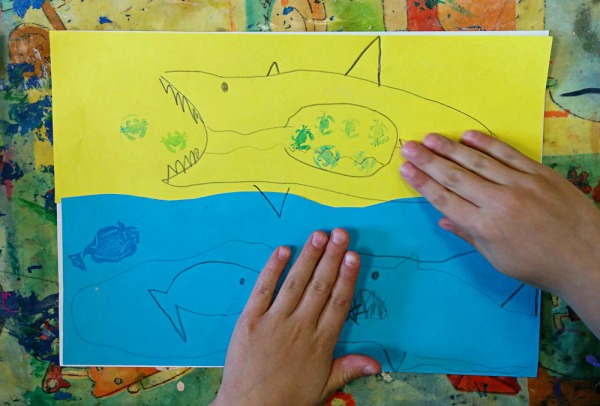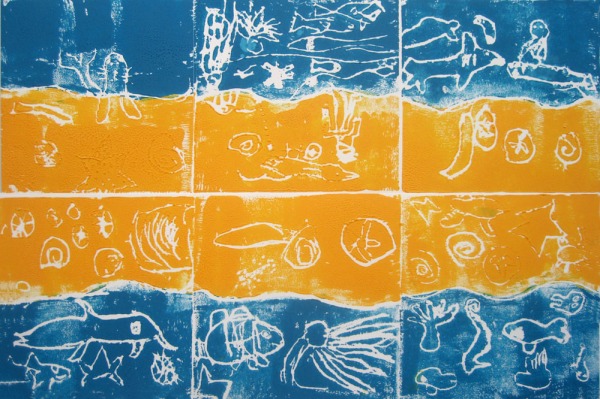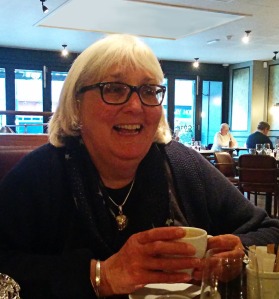 Look at a picture of Rick Riordan. You can see his quirky sense of humor in those eyes. Although he might feel like he lives on Mount Olympus considering that his books have earned him thirty-five million dollars so far, he’s really just a regular guy, right? No glowing aura, no apparent ability to morph into something spectacular. Doesn’t look much like a demigod.
Look at a picture of Rick Riordan. You can see his quirky sense of humor in those eyes. Although he might feel like he lives on Mount Olympus considering that his books have earned him thirty-five million dollars so far, he’s really just a regular guy, right? No glowing aura, no apparent ability to morph into something spectacular. Doesn’t look much like a demigod.
However, he has an incredible secret power that raises him above the level of mere mortals.
Okay, a little backstory.

Matthew was a typical, smart, nine-year-old kid. Nice family, cool friends, did well in school, etc. But Matt had a problem. A huge one. He hated reading. It was so FRUSTRATING! His sister Miranda had zoomed through Tolkien’s Hobbit, all of the Harry Potters, and a ton of other books by the age of ten or eleven. Everyone else in his family read to him, read on their own, bought him books and so on, but Matt was not particularly interested. He navigated through some of the Magic Treehouse books and some required reading, but for him reading was boring. Anything else was more fun.
Then Rick Riordan cast a spell.

Matt was transformed forever.
The author’s first series, Percy Jackson and the Olympians, washed over Matt like Poseidon’s breath. Suddenly this kid was poring through the first in that series, the 384-page The Lightning Thief, then reaching for the next volume. After the five Percy Jackson books, Matt started in on Riordan’s Kane Chronicles series.

So, I asked Matt about this otherworldly phenomenon.
Me: How did you choose The Lightning Thief anyway?
Matt: Sam suggested it. He thought I’d like it. At the library when your table is called you have to choose your book relatively fast. So it helps to have a suggestion.
Me: Was Sam right?
Matt: Yep. I read The Lightning Thief in eight days. It’s an amazing book. I find that in a series the first book takes a while to get into because you have to learn all the characters. Also, not as much is happening.
Note: (I’ve read it and, um, lots happens. But it is one amazingly big book -384 pages- for a reluctant reader!)
Me: How long did it take you to read the second book?
Matt: Four days. The Sea of Monsters took less time because I knew it was going to be a good book, based on how much I liked the first one. Also, I spent more time reading because I couldn’t wait to see what would happen next. It was also shorter. (note: 320 pages, so not much shorter. It did help that in the books Percy is Poseidon’s son and Matt LOVES swimming. Also, there are dolphins, Matt’s favorite animal. He rode one in Florida. He felt like he was Percy. )
Me: How does this compare with the way you read before?
Matt: A ton better. I liked the Magic Tree House books. I could read one in a day. But now I’m reading much bigger books and liking them more. Book 4, that I’m reading now, is 361 pages long.

Me: So what about book 3?
Matt: Titan’s Curse took me about five days. It was very good. It was the first one where Thalia, the daughter of Zeus, was a character. She was about to reach her 16th birthday. The conflict in the story was whether she would destroy Olympus or save it.
Me: What’s next?
Matt: The second series, The Heroes of Olympus, is five books as well. In my mind they are all part of the same series. So there are ten books so far.
Me: What are the characteristics you like in Rick Riordan’s writing?
Matt: The books are more detailed. There is a good plot. The characters–and there are a lot of them–all have different personalities. I like how all the characters help each other out and are, in a way, all connected.
Me: What about the mythology?
Matt: I feel like Greek mythology in this kind of story is pretty cool. There are centaurs, satyrs, and demigods who make the story more interesting. Some of the characters–mainly the demigods–have special powers based on which god or goddess is their mother or father.
Me: This all started because Sam recommended the first book to you. Would you recommend Rick Riordan’s books to other kids?
Matt: Definitely. I’d recommend the series to lots of kids my age.
Me: What advice do you have for children’s book writers?
Matt: Think about the characters. Make them all have a different personality and they are creative, like demigods. Believable bad guys. There are also so many kinds of monsters in this world. And the world should be convincing.
That is the story of how Rick Riordan used his demigod powers to cast a spell, transforming Matt into an avid reader. Matt did not mention that these stories are set in contemporary time, and familiar places, as well as in mythical worlds. I’m on page 449 of The Sword of Summer, the first of a more recent Riordan series, Magnus Chase and the Gods of Asgard, in which Boston is the heart of Midgard, one of the nine Norse worlds. Magnus is a homeless kid, and a demigod chosen by a Valkyrie to go to Valhalla after a battle with his mythic sword goes awry and Magnus dies on the Longfellow Bridge. The bronze Make Way for Ducklings sculpture at Boston’s Public Garden is actually a portal to another world. And the humor is crazy fun. This summer we were on a long road trip, with Matt silent in the back seat. I thought he had fallen asleep, until he burst out laughing over something he’d just read. Example: The name of the rune-inscribed mythic and powerful Sword of Summer is . . . Jack. Not your typical Viking moniker. You were expecting something more like Snæbjartur, Þjođbjörn, or even Guðjón (Matt’s Icelandic cousin’s name)? No, it’s Jack.
Rick Riordan knows the formulas to transform someone’s world and thereby morph a reluctant reader into an avid one. Matt is eternally thankful for this miracle.

*According to the Merriam Webster dictionary, the origin and etymology of ‘shazam’ is an “incantation used by the comic-strip hero Captain Marvel, from Solomon, Hercules, Atlas, Zeus, Achilles, and Mercury, on whom he called.â€
Photo credits: Rick Riordan’s head shot is from his website. All other photographs are by Egils Zarins.
Update: Yesterday Rick Riordan posted a tweet in response to this article:

So, I called and told Matthew. He said, “I am honored!” Suddenly the Demigod is a real person to Matthew. The author will be doing a signing in our general area on October 4th with tickets made available today at 6:00pm. Matt’s dad tried to get a few of the 200 spots for the event, but they were gone in eight seconds! Waiting list time. Apparently that’s what happens when an author is a demigod!
This post appeared first on Writersrumpus.com, where I write a column once each month.






















 Responsible not to the clock, the carrots to slice for dinner, or the clothes in the dryer, but to the writing, drawing, music, or whatever your particular talent is. That is an amazing state of mind, which may wreak havoc with the mundane practical elements of life, but which prioritizes that which is most eternal. Do you sometimes drive past your exit on the highway because you are tweaking a plot in your head? Have you forgotten an appointment to have your car’s oil changed or perhaps you’ve put the milk in the dish cabinet by mistake all because you were inventing something in your head? Congratulations. You are being faithful to your ultimate mission.
Responsible not to the clock, the carrots to slice for dinner, or the clothes in the dryer, but to the writing, drawing, music, or whatever your particular talent is. That is an amazing state of mind, which may wreak havoc with the mundane practical elements of life, but which prioritizes that which is most eternal. Do you sometimes drive past your exit on the highway because you are tweaking a plot in your head? Have you forgotten an appointment to have your car’s oil changed or perhaps you’ve put the milk in the dish cabinet by mistake all because you were inventing something in your head? Congratulations. You are being faithful to your ultimate mission. The bottom line is that the more time you devote to idea development and the execution of deeply inventive work the more you will be able to enhance the life around you. Dust may collect on your bookcases, but so what? Beauty, passion, and exquisite communication are more meaningful.
The bottom line is that the more time you devote to idea development and the execution of deeply inventive work the more you will be able to enhance the life around you. Dust may collect on your bookcases, but so what? Beauty, passion, and exquisite communication are more meaningful.






 The ni̱a in the orange dress in Santiago de Cuba and this ni̱o in the yellow pants in Trinidad will be taught about Mart۪̉s hopes for all Cuban children.
The ni̱a in the orange dress in Santiago de Cuba and this ni̱o in the yellow pants in Trinidad will be taught about Mart۪̉s hopes for all Cuban children.
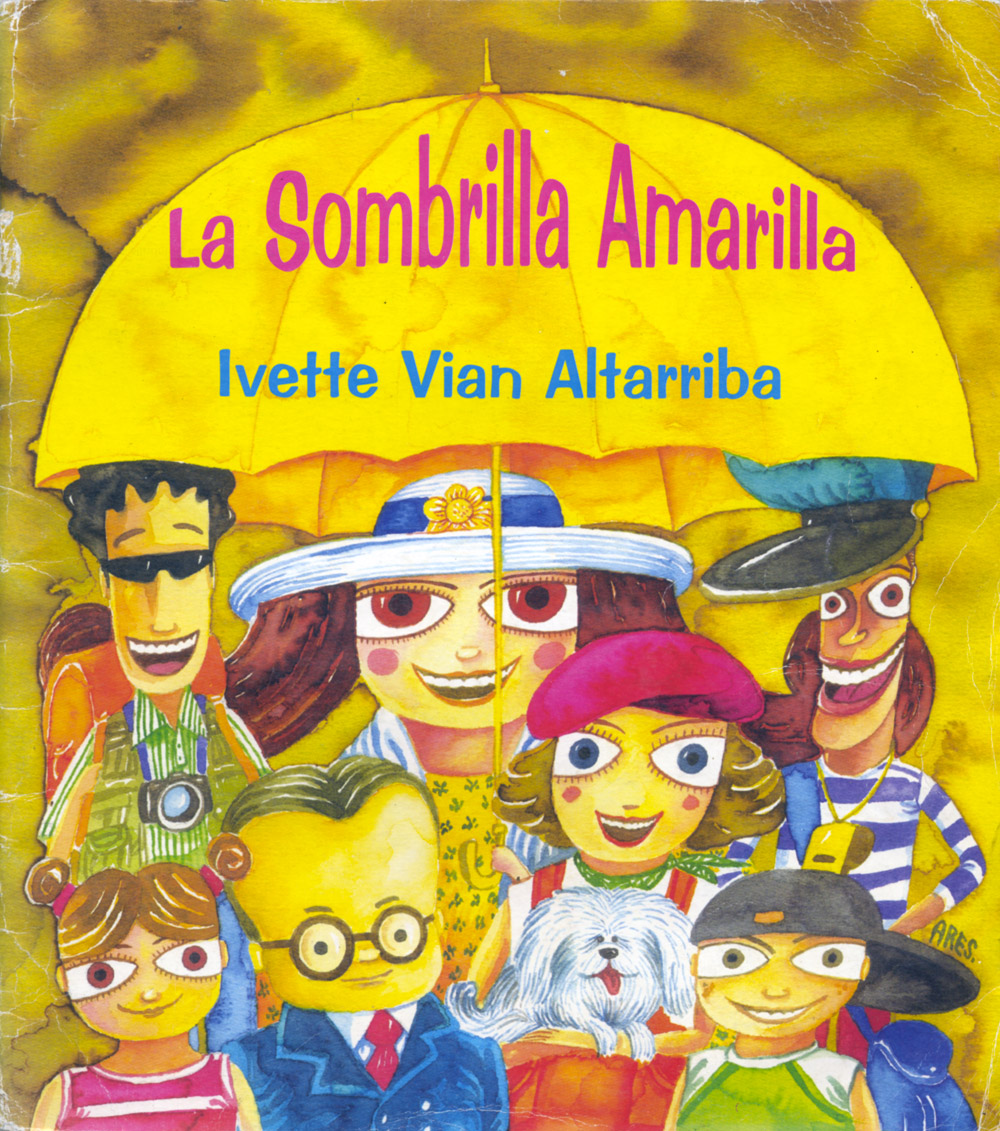
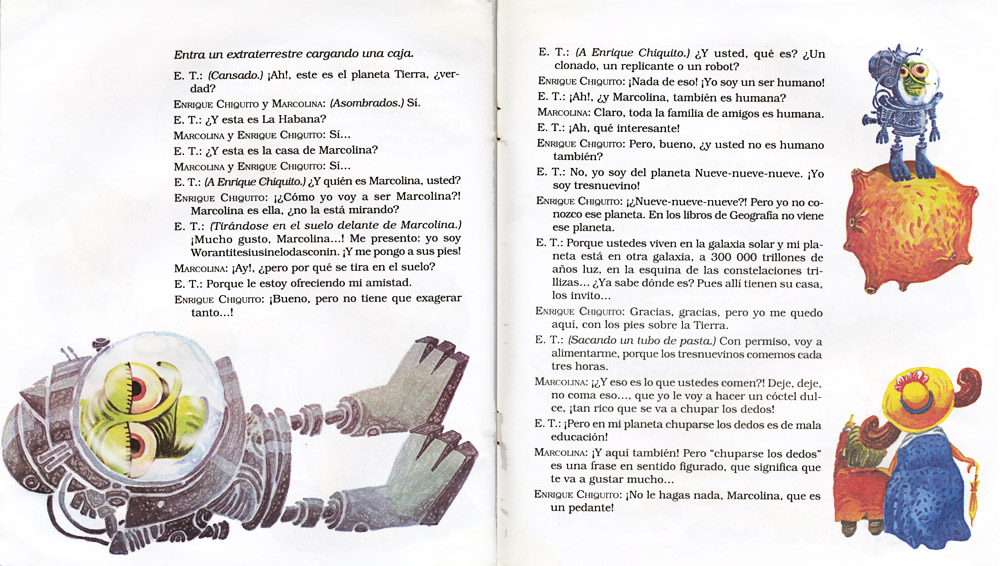












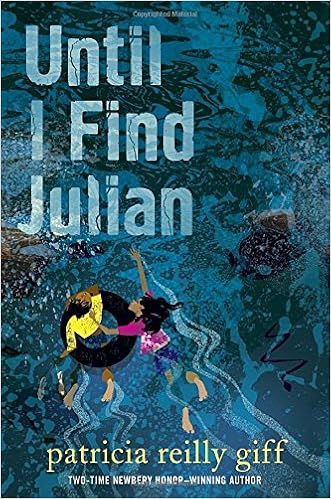 At the library I borrowed two middle grade/ YA books, both of which are astonishing. One deals with a realistic cultural issue frequently in the news, the other with nature rendered in a Gothic style. Each portrays a boy main character who is involved in something seriously scary, but who acts in courageous ways.
At the library I borrowed two middle grade/ YA books, both of which are astonishing. One deals with a realistic cultural issue frequently in the news, the other with nature rendered in a Gothic style. Each portrays a boy main character who is involved in something seriously scary, but who acts in courageous ways. When I picked up
When I picked up 




 One way or another, keep that fire burning.
One way or another, keep that fire burning.



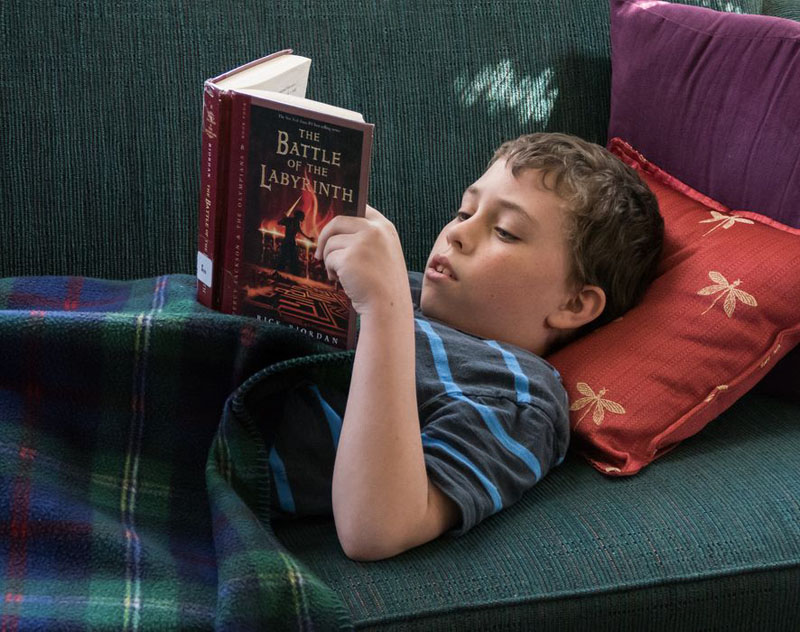























 Swag – book related freebies – is often available at conferences, book launch parties, and conventions. Jair and Maryann held raffles each day to give away themed packets. On Friday it was a Celebrating the Child pack including Something Special, Jackson’s Blanket, Fatuma, and I Like Buttons. Saturday’s was a Nighttime pack featuring Caroline Dreams, Before You Go to Bed, Time to Say Bye-Bye, and Mouse Counting. On Sunday they gave away a Summer Kick-off pack including Hermit Crab, Whale-snail, Sand Dollar, Sand Dollar, and Clams All Year.
Swag – book related freebies – is often available at conferences, book launch parties, and conventions. Jair and Maryann held raffles each day to give away themed packets. On Friday it was a Celebrating the Child pack including Something Special, Jackson’s Blanket, Fatuma, and I Like Buttons. Saturday’s was a Nighttime pack featuring Caroline Dreams, Before You Go to Bed, Time to Say Bye-Bye, and Mouse Counting. On Sunday they gave away a Summer Kick-off pack including Hermit Crab, Whale-snail, Sand Dollar, Sand Dollar, and Clams All Year.

